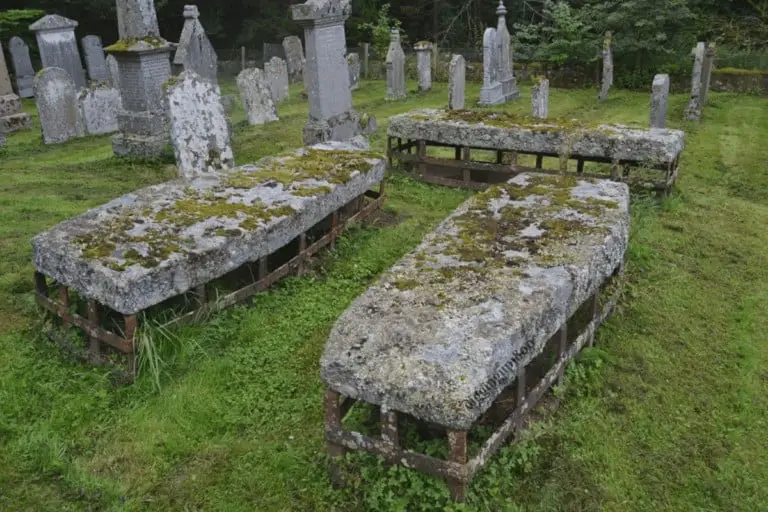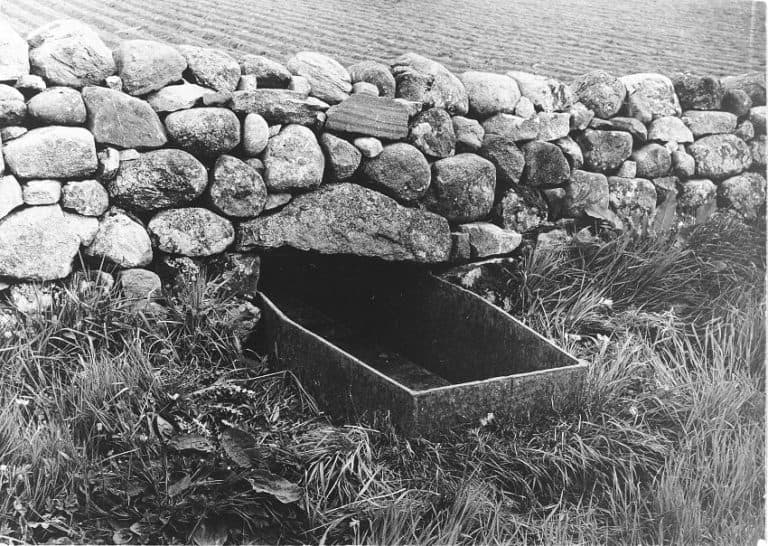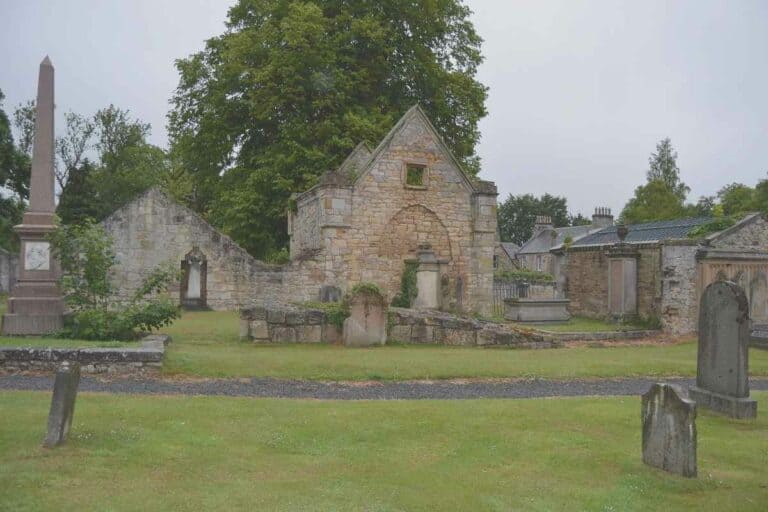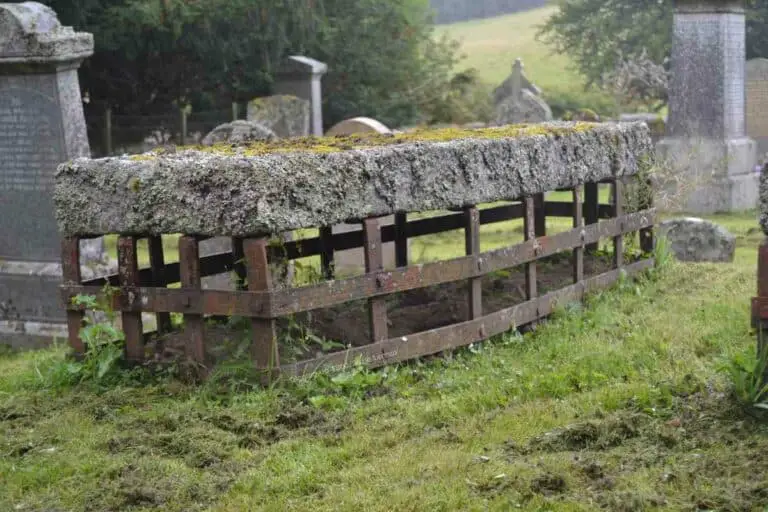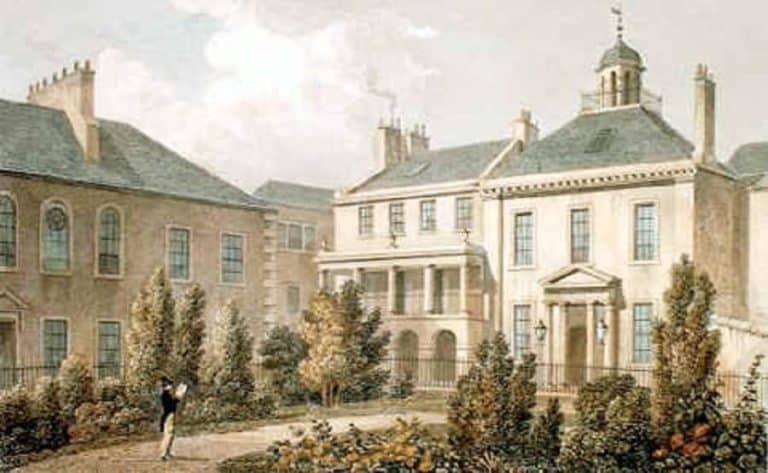Edinburgh Miniature Coffins | The 8 Fairy Coffins of Arthur’s Seat
I can still remember the first time I saw the Edinburgh miniature coffins, relics best known as the Burke and Hare Murder Dolls. They’re so incredibly tiny and look as though they’d break if they were picked up.
But these eight coffins, on display at the National Museum of Scotland, hold as much intrigue today as they did when they were first discovered in 1836.
From the links with Edinburgh’s famous murderers Burke and Hare to perhaps more suspicious, and some say looser connections with witchcraft and satanic spells, is there any theory that hasn’t been thought of when it comes to the Miniature Coffins of Edinburgh?
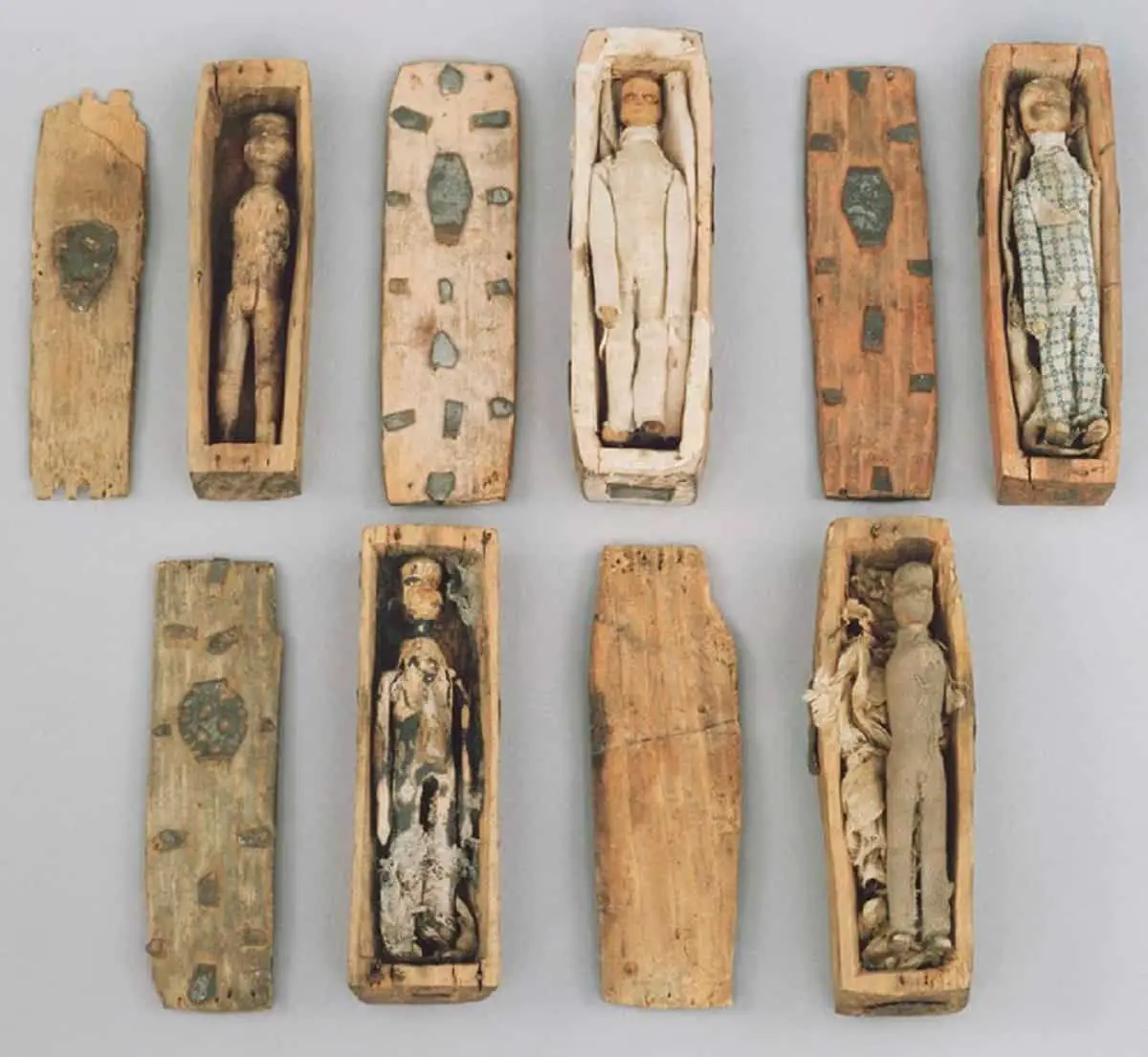
What are the Edinburgh Murder Coffins?
If you’re a first-time visitor to Edinburgh, or even the National Museum of Scotland, then you may not know what all the hype is about surrounding these small coffins.
The Edinburgh Miniature Coffins, also known as The Burke and Hare Murder Dolls or coffins, were once a collection of seventeen miniature wooden coffins, complete with tiny, individually dressed wooden dolls. They were discovered on the northeast side of Arthur’s Seat on 25th June 1836. No one is sure when, who, or what they were made for. There are now only eight surviving, all of which are kept at the National Museum of Scotland, Edinburgh.
Each coffin comes ‘complete’ with a small carved wooden figure inside. Some are dressed in little homemade grave clothes, others bare, presumably as the clothing has been lost over the years.
The coffins would easily fit into the palm of your hand if you were allowed to touch them.
Each coffin lid seems to have its own design, with the lids having once been held down by a series of small pins, still clearly visible today.
#9 Facts Weird Fact About Burke & Hare Murder Dolls
While I was looking into the history of the Edinburgh miniature coffins, I came across a superb article in the Smithsonian Magazine from 2013 which had me glued!
I’ve pulled together the main points from it, as well as building in other facts I came across after reading about the miniature coffins following my visit.
If you can, I do recommend reading the full article if you have the time, I found it incredibly interesting.
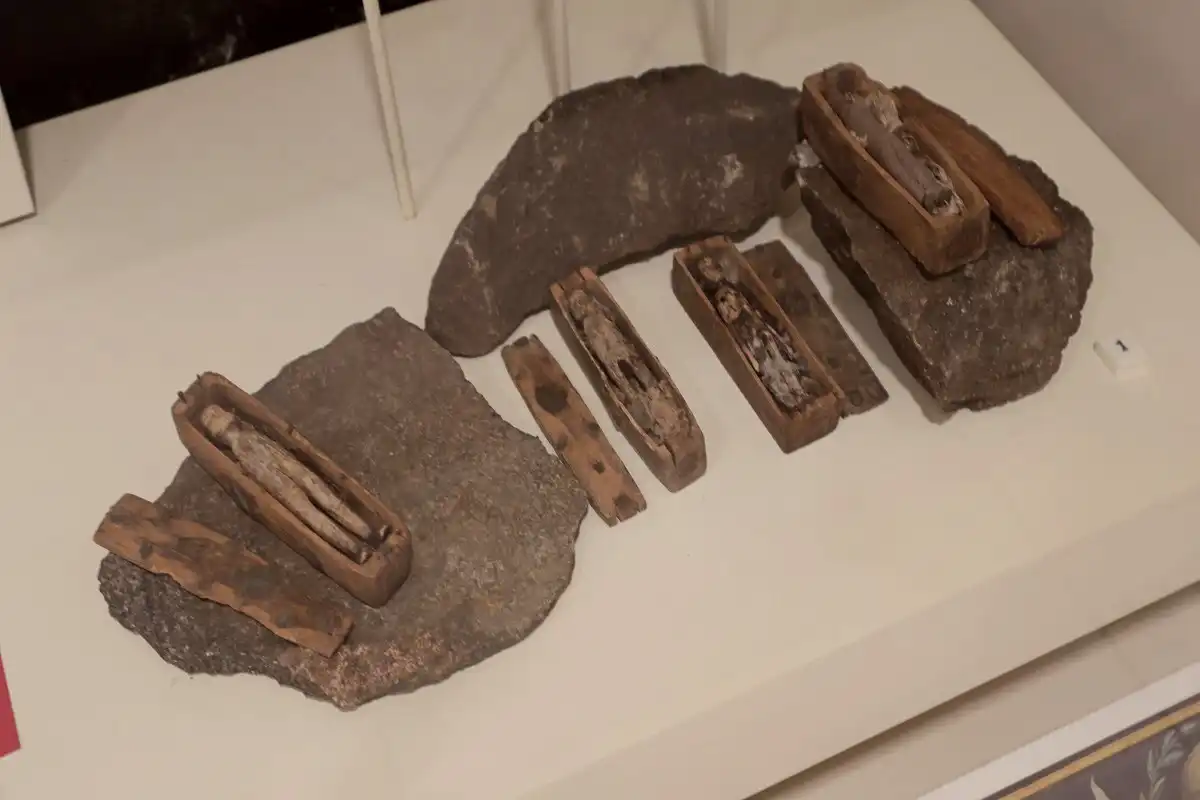
Who Discovered the Miniature Coffins?
Everyone agrees that the coffins were found by schoolboys out rabbiting on one day in June 1836, one account says the 25th of the month, but what is in doubt is the actual number of boys who made the discovery.
What is agreed is that several schoolboys, between two and a ‘small group’, which to me is about 3-4 people, discovered a small niche under some slate slabs while scurrying around on the northeast slopes of Arthur’s Seat, an iconic landmark in the City of Edinburgh.
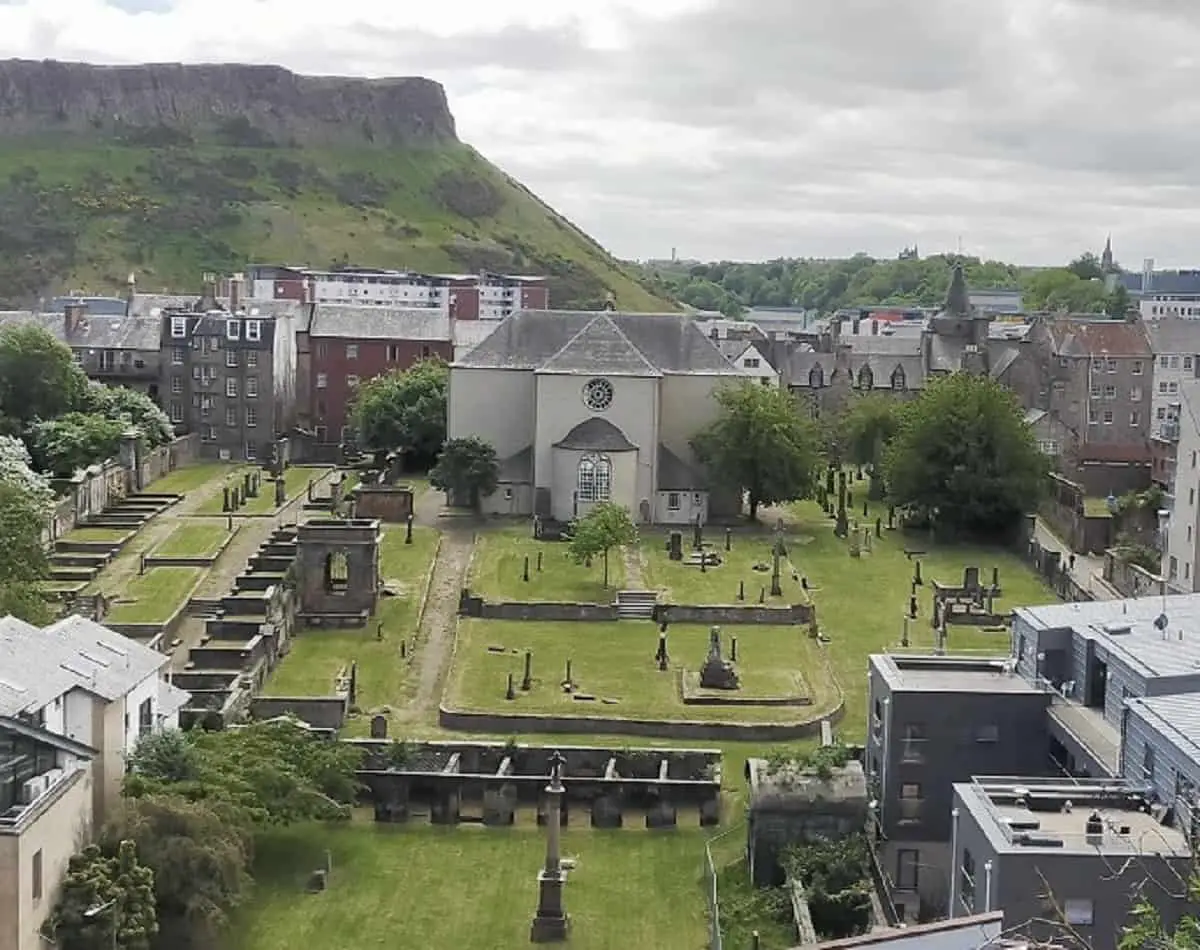
#4 Quirky Facts About The Discovery of Edinburgh’s Miniature Coffins
What Happened to the Coffins When They Were Found?
We’re lucky that we have these intriguing relics if what happened to the coffins when they were found can be believed.
After being discovered on the slopes of Arthur’s Seat, the boys originally, according to the Scotsman, ‘pelted them at each other as unmeaning and contemptible trifles’.
In other words, they had no idea what they’d just discovered, and we could have lost the whole lot had they not got bored nine coffins in.
That said, they have the sense to report their finding to their schoolmaster Mr Ferguson, who, luckily for Edinburgh, was also a member of the local Archaeological Society.
According to the Smithsonian Magazine, it would be three weeks before the initial reports about the discovery would start appearing in the newspapers.
Ever since then, speculation as to the what, where and why’s of the coffins has continued to grow, with new theories appearing even as recently as 2018.
Coffin Owners Over The Years
The Edinburgh miniature coffins and dolls may be tiny but they’ve certainly had an interesting life ever since they were hurtled through the air by a number of schoolboys out on a rabbiting adventure.
To round things up a bit, I thought it might be fun to see where the dolls and their coffins have been over the years ever since they were accidentally discovered in 1836.
Theories Surrounding The Miniature Coffins aka The Burke & Hare Murder Dolls
These wee ‘fairy coffins’ have had the world puzzled ever since they were found nearly 200 years ago.
As with all things, man needs a reason why and the reason why the coffins and dolls were made and hidden in the first place has been on antiquarian’s lips ever since the mid-nineteenth century.
The most popular theories or explanations include:
The Burke And Hare Murder Dolls
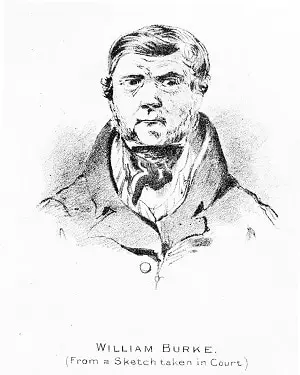
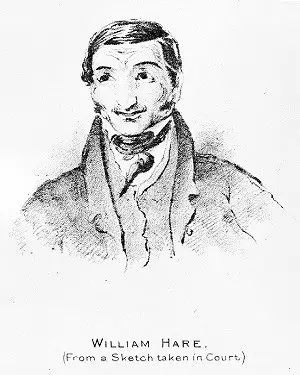
The discovery of the coffins so close to the date that Edinburgh’s notorious murderers William Burke and William Hare were discovered was perhaps too tempting for some to leave any tenuous connections aside.
With William Burke set to hang in Edinburgh’s Lawnmarket in January 1829, thoughts of their crimes still weighed heavily on the people of Edinburgh when the miniature coffins were found in the summer of 1836.
Do The Coffins Represent Burke & Hare’s Victims?
Perhaps it’s purely coincidence that Burke and Hare murdered seventeen people and there were seventeen coffins found by the schoolboys out rabbiting on Arthur’s Seat that day. If you don’t know their story, and have time to dive down a rabbit hole, then take a look at my blog on the Complete History of Burke and Hare.
Such is the lure of these two men that the theory that coffins represent their murder victims is one that is the most well-known.
One of the arguments for the Burke and Hare link is explained brilliantly by Simpson and Menefee who carried out an analysis of the coffins in the late 90s. The latter a Senior Associate of the Centre for National Security Law at the University of Virginia, the former now a curator at the Museum of Edinburgh.
Quite rightly they say that people hunt for significant events in history as a way of explaining the unexplained and in this instance, people were looking around for something linked to the number seventeen.
The coffins were found only eight years after the murderers of Burke and Hare were caught following the discovery of their final victim Mary Docherty. It’s perhaps only natural then that the seventeen coffins were quickly linked with the murders committed by the pair during their 10- month killing spree in 1827 and 1828.
Are these really Murder Dolls?
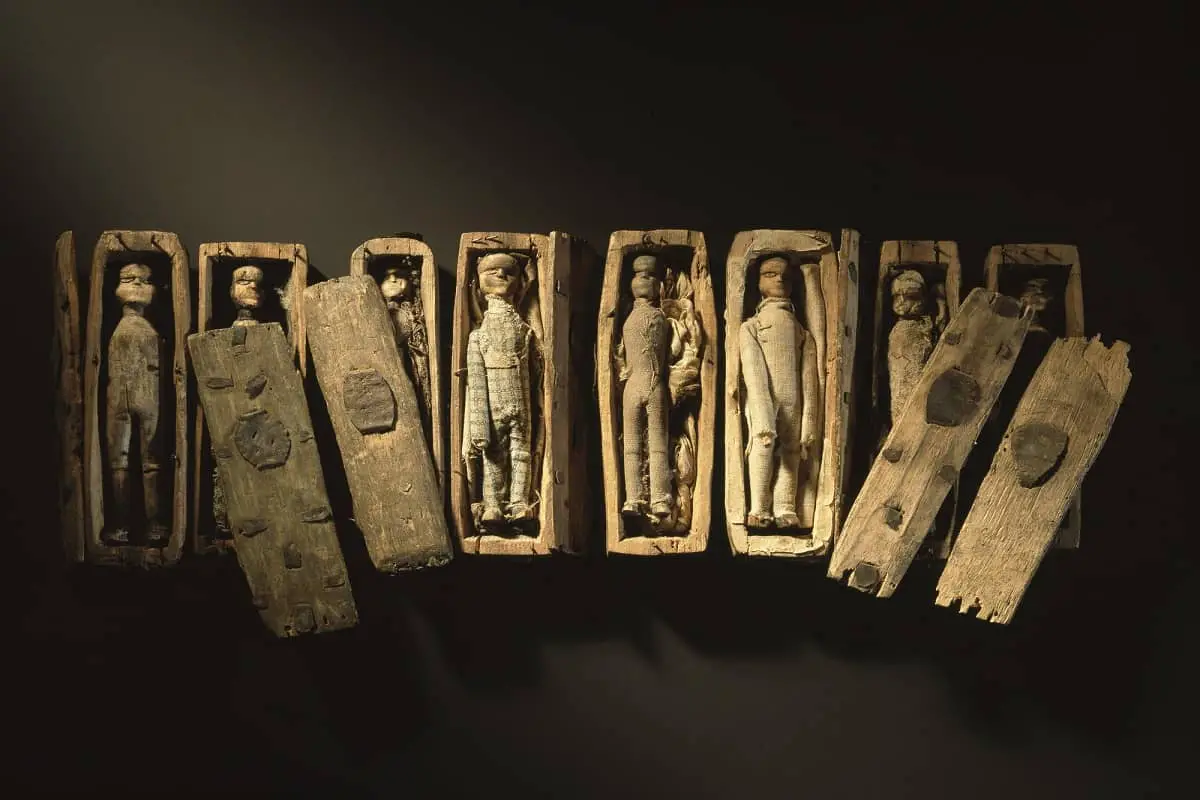
I’ve read quite a bit on this and as with most things surrounding Burke and Hare, and indeed the Edinburgh miniature coffins, there are arguments for and against.
For, being that there are seventeen coffins, and against, is that all the figures are male. Burke and Hare’s victims were predominantly female.
One theory associated with the Burke and Hare murder dolls is that they mimic the burials that their victims never got.
Such is the draw of these two miscreants that in 2005 DNA testing was carried out on the wooden coffins using a sample taken from Burke’s skeleton no less! (Find out more about the whereabouts of William Burke in the link above). Ingenious, but alas inconclusive, and the theory lives on for another day.
I love watching this video from The National Museum of Scotland showing more detail. The closeup footage really shows how the coffins were made.
The theory of Burke and Hare is the main focus here, as is the research carried out by Menefee in the late 90s.
Edinburgh Miniature Coffins and Their Links With Witchcraft
One of the earliest theories to be linked with Edinburgh’s miniature coffins was one that was linked to witchcraft.
The first newspaper reports, printed in The Scotsman, mentioning the discovery jumped on the witchcraft theory and it is a theory that has stuck to this day, some believing that the coffins were used in ceremonies or rituals.
Were The Coffins A Tribute To Lost Sailors?
This mimicking of burials is a thought connected with this next theory, that the coffins represent sailors who were lost at sea.
There is said to be some tradition surrounding this theory, where sailors would ask their wives to bury small effigies if they failed to return and were lost at sea.
There’s more explanation given to this theory on the National Museum of Scotland’s blog about the miniature coffins.
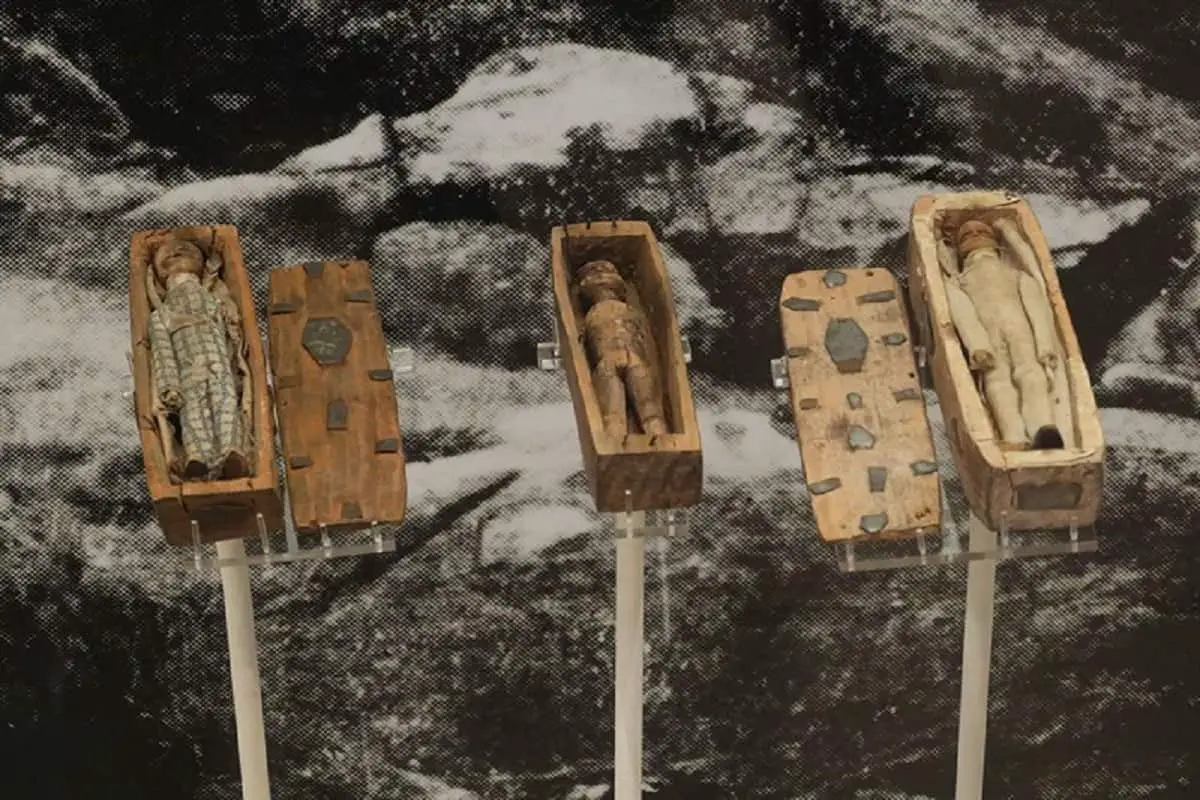
Edinburgh Radical War Dolls of 1820
As recently as 2018, theories were still being suggested as to the reason behind the dolls.
One of the most recent theories comes from Scottish-American writer Jeff Nisbet who suggests that the dolls are linked with the Radical war of 1820.
With the headline that the mystery of the Edinburgh coffin dolls had been ‘Cracked at Last’ The Herald covered Nisbet’s discovery in April 2018.
After weavers and other workers launched protests in Edinburgh about their working conditions, three of the ringleaders, James Wilson, John Baird and Andrew Hardie were cruelly executed, while another 20 were transported to Australia.
Those that remained were put to work constructing the Radical Road which you can still see at Arthur’s Seat.
Nisbet’s research has led him to the theory that the dolls were put there as a memento by those who’d like to see the movement rise again.
The ‘Deaf Man’ Theory
There’s also one final theory, that I’ve seen mentioned only once, the theory that the dolls belonged to a deaf man who visited the premises of a ‘Mr B’ in Edinburgh on two separate occasions and had on a piece of paper drawn three coffins with the dates 1837,1838 and 1840.
It’s said that shortly before their discovery, the man returned to ‘Mr B’s’ shop, scowled and stormed back out again. It’s also said that the man appeared at a series of family funerals all taking place on these dates, scowling at the man before storming away again.
I’m not sure where the significance of this comes into the story of the miniature dolls seeing as they were discovered in 1836. You can read more on this in the National Museum of Scotland’s blog mentioned above.
Where Can I See Edinburgh’s Miniature Coffins?
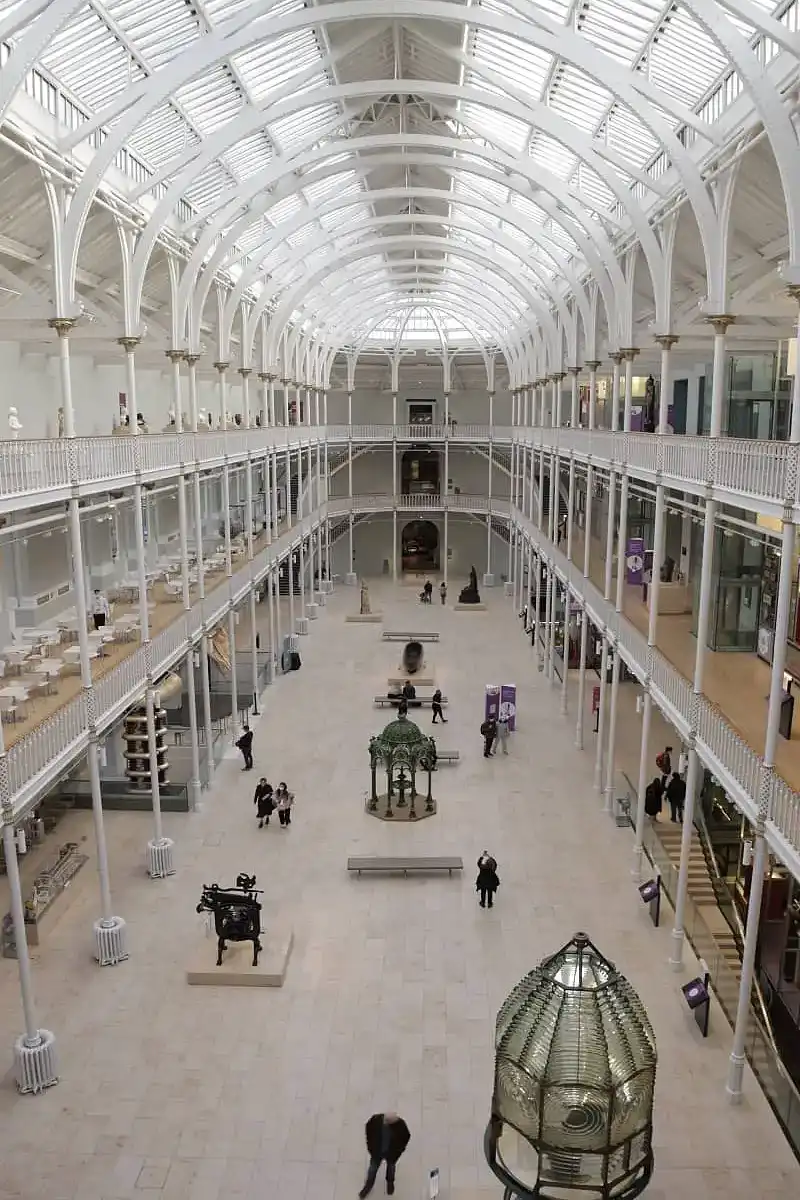
These wee coffins are nearly always on permanent display on Level 4 at the National Museum of Scotland in the ‘Daith Comes In’ gallery. A gallery where just a handful of the 12 million objects in the museum are displayed, and which focus on the traditions of death and burial in Scotland.
I like to get to the museum early as it’s always very popular with everyone. I usually head to Level 4 first and spend some time in this section on my own.
I then work my way around the museum and lose track of time completely!
If, or rather when you visit, you’ve got to make sure you look at the mortsafe or iron coffin that’s also in this gallery.
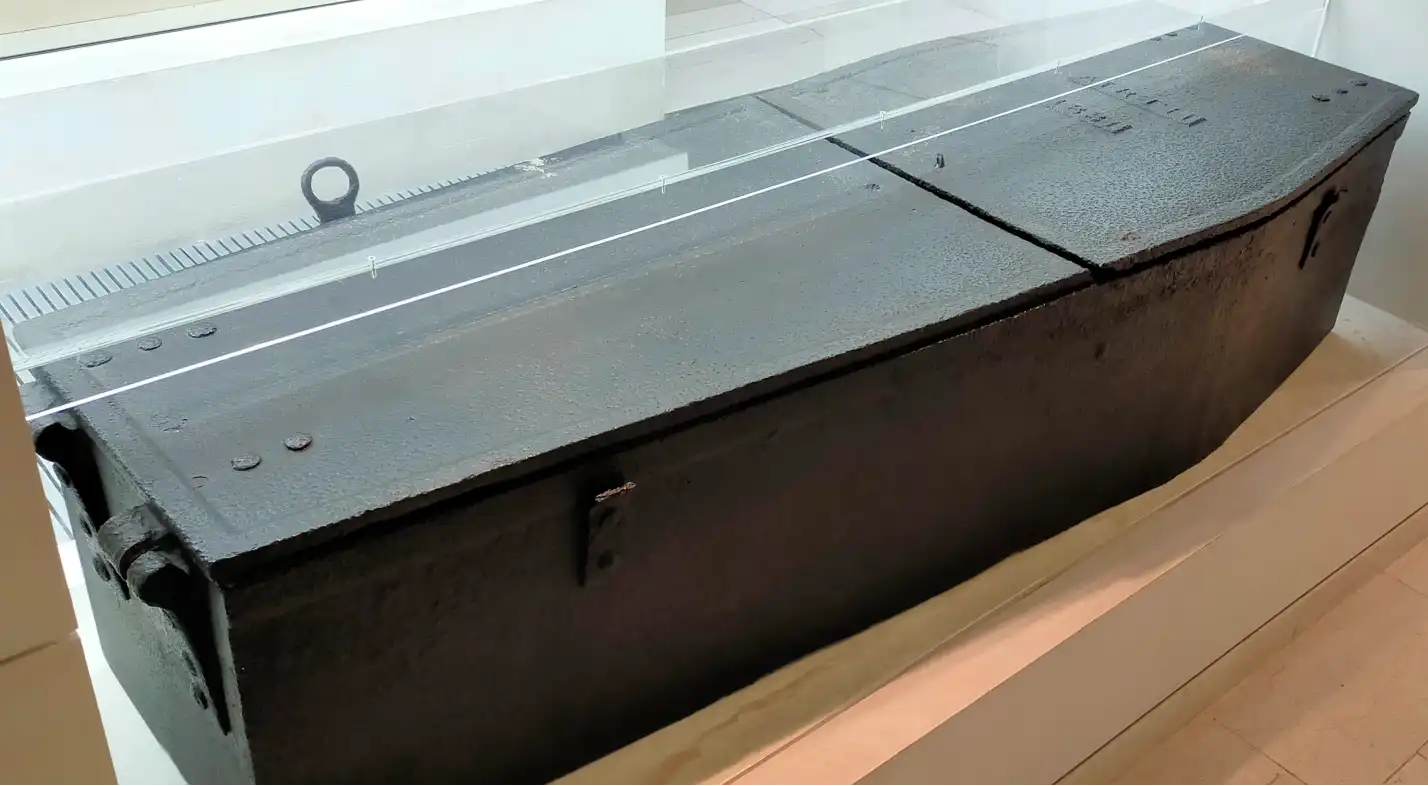
Dating from 1816, this sturdy example is from Airth in Aberdeenshire and is one of the finest examples of mortsafe to have survived the WWII scrap metal drive.
Also linked with body snatching is the Kingskettle coffin collar. Unfortunately, it was having conservation work done to it when I last visited but it does go on display so keep an eye out for this unusual relic.
The museum is free of charge and I can guarantee you’ll spend a few hours here even without thinking.

